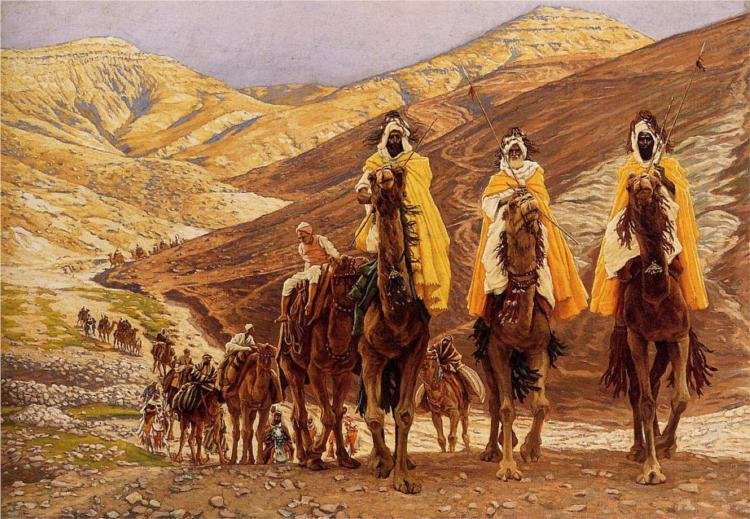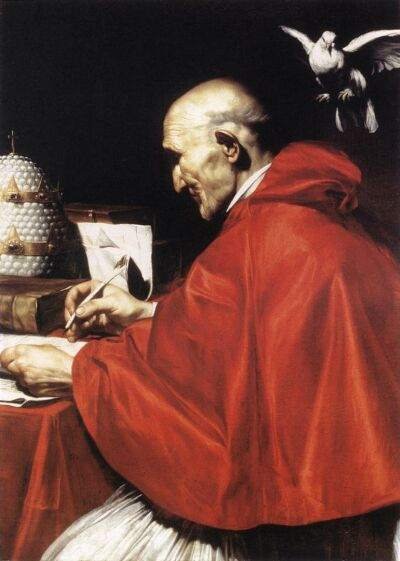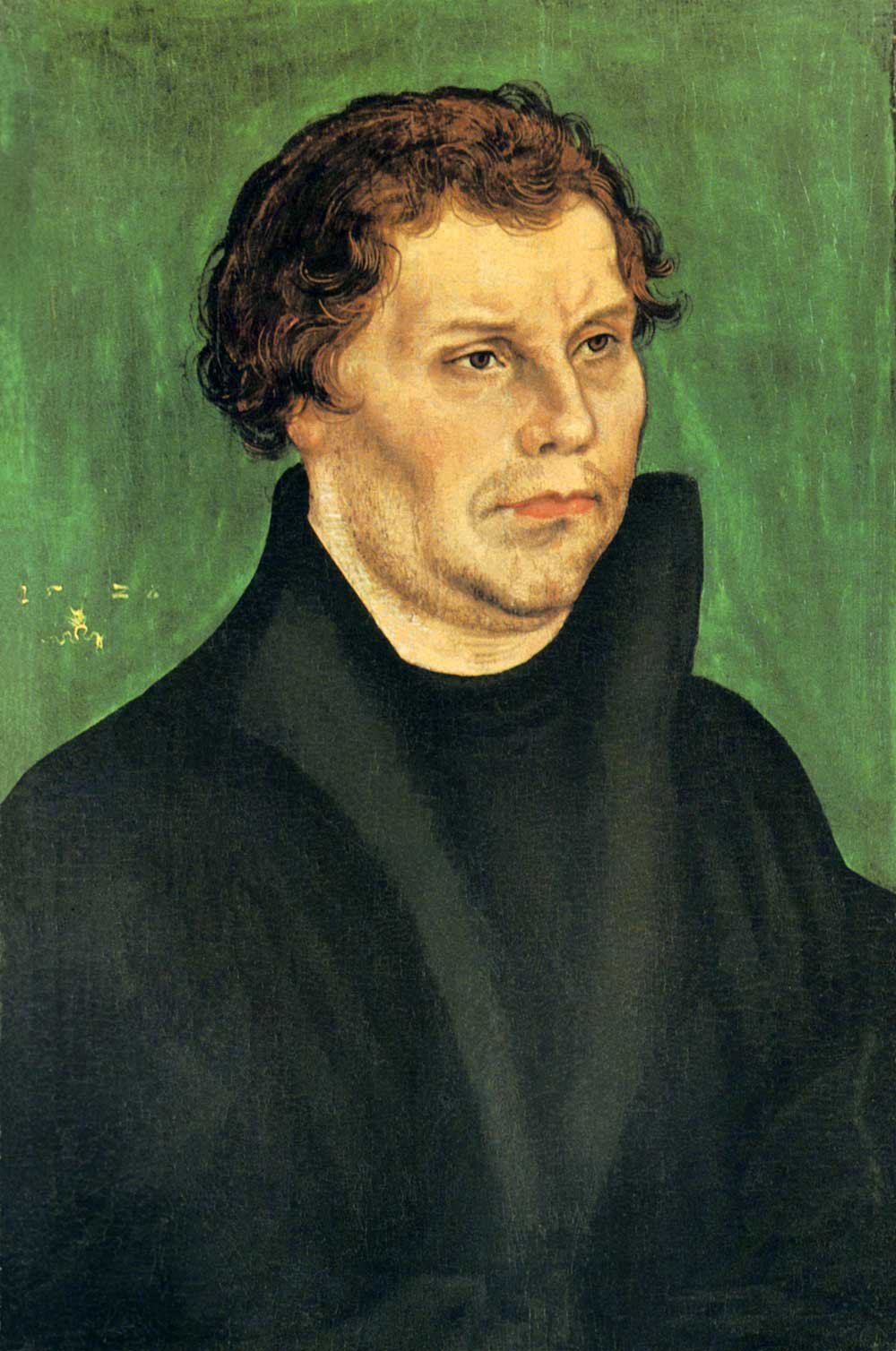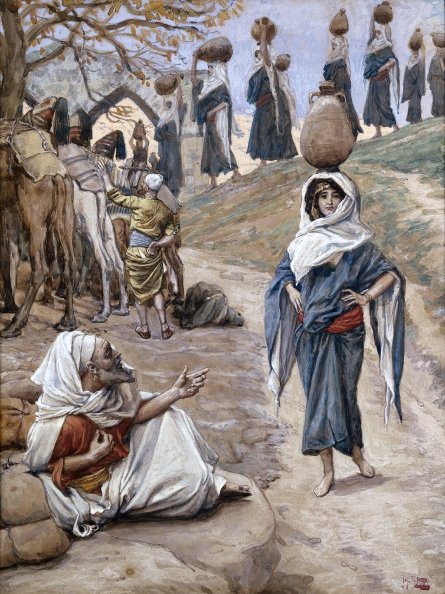It’s been brought to my attention that I’ve left you all hanging for a while for the next chapter of my conversion story. Sorry about that.

Deep in history
The year I taught at Veritas brought great progress in what, I’d finally realized, was my search for the Church — or at least, I thought then, for a church. I had graduated with my bachelor’s degree, moved out of my own, gotten a job, and was instructing young people in history, Latin, Greek, and English grammar and vocabulary. Last time I wrote about how my teaching of the Latin and Greek languages became a guiding light to me. Even more than that, history paved my path.
When I studied history in college, I fell in love with the Church Fathers, the good and faithful and virtuous forbears of our faith. I acknowledged and understood that their Church, in its unity, orthodoxy, order, and charity, was the true Church of Christ. I had concluded that that purity and truth had been lost, that the Catholic Church had fallen and necessitated the Protestant renewal. As a budding historian then, I believe I was beginning to understand — though I had not even acknowledged it to myself — that there was nothing Protestant about the Early Church or any of the Church Fathers. I still took for granted, out of ignorance, the Protestant precepts of sola scriptura and sola fide and the rest — but my commitment was to Christ and His truth, never to the Protestant Reformation as a thing in itself.

When I taught, I brought these same understandings and commitments to the classroom, and was forced for the first time to follow them to their logical ends. My task for the upper class at Veritas was to teach the history of Europe from the Late Antique period to the Protestant Reformation — a period that was, essentially, the age of the Church. Teaching at a Christian school, I felt, gave me the prerogative and mandate to approach that history from a perspective of faith. And so I immersed myself in the history of the Church more completely than I ever had before. Perhaps someone should have warned me about being deep in history.
I longed to introduce my students to the heroes of the Church who had so captured me: Augustine, Ambrose, Gregory. Benedict, Bernard, Bede. At the beginning of class each day I listed important figures on the board, popes and bishops and theologians and saints. I peppered every lecture with Greek and Latin etymologies of familiar Christian concepts — understanding many of them for the first time myself: what it meant to be a bishop (“overseer”), a deacon (“servant”), a monk (“alone”), a pope (“papa”). I was beginning to realize, nascently, just how deeply the doctrines of the Catholic Church — from the episcopate, to the papacy, to confession — were rooted in Scripture.

Climax: The Reformation
The climax of my course to the students was the Protestant Reformation. Recognizing the diversity of my flock (a Reformed majority, but also Evangelical Protestants and several Catholics) and the potential for disagreement, I made an appeal to ecumenism from the very first day: Despite our divisions, we were all brothers and sisters in the Lord. I brought the Apostles’ and Nicene Creeds to class one day for us all to read together. My students seemed to accept my appeal; at least, no one disputed it. I was very pleased, and more than a little fascinated, by the picture of Christian unity my class presented. Was there hope yet for my finding a safe port?
I had the idea in my head that, to facilitate a focused class study of the Reformation, the students could write their research papers on various Reformation figures — each student a different one — and present a report to the class. To most people, even Protestants, I thought, the only Reformers with whom they were familiar were Luther and Calvin, or if one really knew a lot, Zwingli or Melanchthon or Beza. So I proceeded to make a list of possible topics — and I was stunned. I knew there were more than a few — but I found that there were actually dozens of Reformers and Reform movements going on at the same time. I had been under the impression, somehow, that there was some rational, intentional sense of order and orthodoxy to the Protestant Reformation, an effort to restore something that had been lost — but it began to dawn on me that it was in fact exactly the opposite: it marked the breakdown of all order and orthodoxy. Rather than an ordered and deliberate revision and restoration, the Reformation became a chaotic free-for-all with every “Reformer” clamoring for “reform” according to his own grievance. The doctrinal confusion and uncertainty I’d been feeling were nothing new: it had been part of the very fabric of Protestantism from the beginning. (I gave up on assigning my students Reformation topics.)

The church I was looking for
During this time I felt increasingly alienated, again, from my parents’ church, the church I grew up in, which I was again attending (a church of the Assemblies of God in the Pentecostal and Charismatic traditions, in case you are new). It no longer “fit” me, I thought, if it ever did. I felt intellectually and spiritually unchallenged, if not completely unwelcome as an academic. I found no real fellowship or support, and little opportunity within the church for me to grow or improve. I prayed and reflected and read the Scriptures, and began to see more clearly than ever before the direction in which I thought God was leading me.
I wrote a lot in those days about searching for a new church, seeking to understand the nature of the church and where I fit in it. Why do Christians go to church at all? What’s to be gained from worshipping communally that can’t be attained worshipping privately? The most important purpose of the church, I concluded, was community — having something in common with fellow believers; sharing fellowship with one another and supporting one another, whether spiritually, emotionally, or materially. That being so, I decided, it was important that a church have a community of people I had things in common with: people of my own age and state in life, to whom I could relate. Second, I decided, preaching and teaching were an important purpose: to raise up and educate believers as disciples of Christ, and nourish them in their Christian walks. And teaching should be rooted in Scripture, challenging both intellectually and spiritually: educational and not just inspirational, motivational, or evangelical. I wanted to learn, to mature as a Christian, to grow in understanding and faith. Finally, I resolved, the purpose of the church was service — to carry out the mission of Christ to the world: to feed the hungry, clothe the naked, heal the sick, visit the prisoner, and seek the lost.
I began to see, I thought, the kind of church I was looking for. But how could I find it? I visited a number of churches during that time. And I confess, though I said previously that I had shut the door on Calvinism, I continued to be drawn to the intellectual rigor of the Reformed tradition: I actually visited several Presbyterian (P.C.A.) churches and found them appealing.
Several times I visited the Presbyterian church where Veritas met. I appreciated it a lot and was drawn to a number of the things they were doing: a liturgy of worship, including singing the Psalms, kneeling at appropriate moments (rather awkwardly, given the absence of kneelers), recitation of the Nicene Creed, and weekly celebration of the Lord’s Supper. I knew nothing of Catholic liturgical practice at the time, but looking back I see a definite appeal to more traditional forms. I do not know if any of this is common in other Presbyterian churches, or if this palatable flavor was distinct — but the taste, I now see, was distinctly Catholic. Some there were aware of it, too: in the liturgical booklets the church produced, they were especially careful to note in the creed that “catholic” meant “universal” and did not refer to the “Roman Catholic Church.”
I might have stayed at that church, if not for a certain feeling of alienation: I was the only single adult in the congregation, made up largely of couples with young children. So I decided to visit another Presbyterian church, a large P.C.A. church in Huntsville at which I knew some people. I only attended one or two Sundays — but I liked it a lot. They had a vibrant young adult Sunday school class to which I was particularly drawn. I was drawn to the community and to the worship — I gave little thought at this time to theology — but I do not know what path I might have taken, had not the calendar intervened: I soon was involved in visiting, choosing, and moving away to graduate school.

Into sacred spaces
In my private devotion too, this time brought great spiritual renewal and growth. It was during that year that I discovered early sacred music. Entirely by accident, via Last.fm, I happened upon musical settings of the Mass — especially those of Dufay, Josquin, Ockeghem, Byrd, Palestrina, Victoria, and Lassus — and fell in love with them, these angelic voices, these echoes of the heavenly liturgy. This, probably more than any other single happenstance, paved the final stretch between me and the Church: Unexpectedly and unintentionally, I was receiving the holy words of the Mass into my soul. And I felt holy: I remember commenting that I “felt monastic,” by which I guess I meant that I felt a single-minded devotion, cut off from the worldly affairs around me. I was entering into a sacred space, set apart from my workaday life and mundane home, and drawing closer and closer to the Lord in prayer and study. I felt my heart burning within me. I felt a deep longing, more sharply than I’d ever felt it, for a faraway home. What was happening to me?
More and more — in everything I did — I found myself drawn to the ancient faith of the Church — which I still did not yet identify with the modern Catholic Church. In a quest for greater spiritual discipline and rigor, I sought out and read the Rule of Saint Benedict. To delve deeper into the wonderful music I was hearing, I looked up the Latin Mass and read along. I had always been fascinated by the saints, by the great Christians of ages past, and it occurred to me that a convenient way to learn about them would be to follow the traditional calendar of saints — so I incorporated it into my own calendar. From there, seeking an orderly way to study the Bible, I discovered the lectionary of the Catholic Church, which arranged Scripture readings throughout the calendar. I found an app for my new Android phone which brought them to me daily. I even began to read and enjoy the daily meditations on Scripture that were featured in that app.
So the summer of 2010, as I was poised to move off to graduate school, I presented a ridiculous picture: I was listening to and reading Catholic liturgy; reading traditional Catholic, monastic texts; observing the Catholic calendar of saints; and following the Catholic lectionary in my personal Scripture study and devotion, and reading Catholic meditations, using a popular Catholic phone app. And yet if you’d asked me, I would have vehemently denied that I was becoming Catholic. I wasn’t the least bit interested in it. I could readily rattle off a long list of reasons why the Catholic Church wasn’t for me: they dictate the proper interpretation of Scripture; they dogmatize and define away every mystery of the faith; they limit the believer’s personal relationship with Christ by the imposition of a priest; the very heart and fire of faith had been subjected by scholastic reasoning and dead works. I felt fully assured of where I was heading spiritually, and the Catholic Church wasn’t it. But the truth is, I was completely oblivious to where the Lord was leading me. I wouldn’t realize where I was going until I was already there.
A bit of feedback, I enjoy your blogs, each is a pointer to the treasures of the church
Thank you so much, brother. God bless you.
Great info.!
Johann Hus was another good reformer. (although they burned him at the stake)
Yeah, and the whole casting Bohemia into decades of armed rebellion and civil war that left the country ravaged wasn’t exactly very good.
Thanks, Joseph, for ‘liking’ one of my first posts in my brand new blog, started just this month. Your journey rings several familiar bells. Thanks for the double dose of encouragement!
You’re welcome! I’m looking forward to reading more! God bless you on your journey, and His peace be with you.
Hi Joseph,
I just read through your whole journey series and I have found it fascinating. You’ve been on quite the journey. I am glad that you have come to peace with your path. I, myself, am on a path right now. I first believed in Christ during the end of high school and now I’m a senior in college.
I’m currently also searching for the “fullness of the truth” or the “true church” as it were. I am actually taking RCIA classes in order to learn more about the Catholic faith, but I find myself in a conundrum. What I mean is that I find a lot of beauty in the Catholic Church and have felt an affinity towards it for years, but I have so many theological questions.
I have been concerned for a while about the Torah/Hebrew Roots Movement because they say that God still wants both Jew and Gentile believers in Christ to observe the Sabbath, food laws, feasts, new moons, wear tzit tzit etc. And, the way I view it is that if that’s the truth then by all means we ought to…But I don’t think they are necessarily right because I have seen errors in some of their views. Yet, they have given me enough reasons to look into it deeper.
It has been a tough journey with all of that. And I also have been questioning my previous Christian Universalist views (All men will eventually be saved through Jesus Christ in the fullness of time).
I really like things about the Church (and have heroes from it like Fr. Barron, Fulton Sheen, St. Francis, Padre Pio etc.) and, if it is true, it would not be hard for God to make me a Catholic.
I’ve been quite conflicted with it all. I am weary and have often even been angry with God about all the confusion I’ve been through theologically. But He also ends up reminding me of His goodness which gives me hope that someday I will figure it all out.
I’d love to hear your thoughts,
In Christ,
Neil H
Dear Neil,
Welcome, and thanks so much for the message. It is timely: “Hebrew Roots” is something I’ve been thinking about increasingly lately, since my mother (still a Protestant) is very wrapped up in that.
That movement has worried me a lot for a while. I made a post about it (pretty much exactly a year ago), and I think it sums up my views. (Read the comment thread, too — it is a case in point.) My mom’s Bible study group has been studying the “Hebrew Roots” mostly out of interest, but lately they’ve been hearing from, and I’m afraid, being influenced by, some of the more fringe elements. And there really are some fringe elements.
I think the “Hebrew Roots” movement is fallacious, based on faulty, hyper-Protestant assumptions that are plainly disproven by the historical record; and it’s dangerous, since it threatens to dredge up the oldest Christian heresy, that of the Judaizers — which is plainly rejected by Scripture itself. Paul called festivals, new moons, and sabbaths “only a shadow of what is to come,” “the substance” of them belonging to Christ (Colossians 2:16–17). The context of Colossians 2 implicates the Judaizers, who were then harassing the Gentile believers in Colosse. Regarding the view of the early (Jewish) Church toward the keeping of Jewish customs and festivals by Gentile believers, I don’t know how much clearer it can be than Acts 15:28: “It has seemed good to the Holy Spirit and to us to lay upon you no greater burden than these necessary things.”
I would love to discuss this some more with you. I have a stack of things I need to write and have partially written up addressing specific problems of “Hebrew Roots” thinking. God bless you, and His peace be with you!